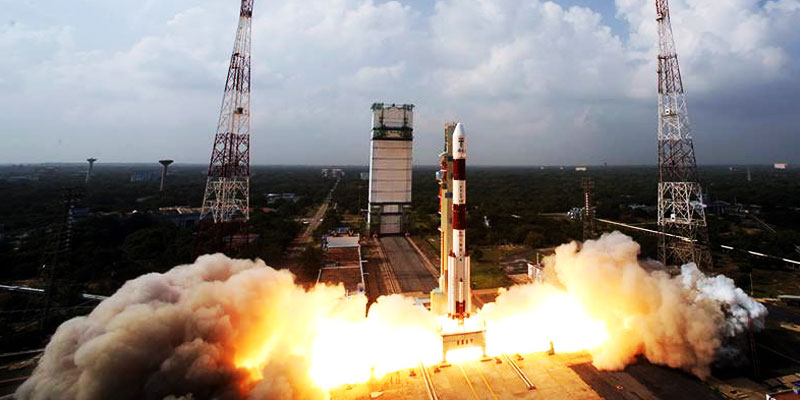Economist Jean Dreze had called the mission ‘œIndian elite’s delusional quest for superpower status’.
History has been created. ISRO’s Mars Orbitor Mission (MOM) has successfully entered the orbit of the red planet.
India has become the first country in the world to have achieved this feat in its maiden attempt.
The thing which sets Mangalyaan apart from other Mars missions conducted by global space agencies is its cost effectiveness. The mission costs approximately $74 million, which is roughly a tenth of NASA’s Mars mission Maven that successfully entered Mars orbit on Sunday.
Prime Minister Narendra Modi had famously said that the Mangalyaan mission cost less than the Hollywood blockbuster Gravity, which is estimated to have cost about $100 million to produce.
The Prime Minister was present when the event took place. “We have dared to reach out into the unknown and have achieved the near impossible,” he said after MOM successfully entered the red planet’s orbit.
“History has been created today,” said Modi amidst applause.
There were many hurdles in the path of MOM to Mars. The Maven spacecraft of NASA, which reached Mars a few days before MOM, reached directly to the planet after launch as it only required a five minute push from the powerful upper stage of the rocket, just 27 minutes after lift-off.
MOM, on the other hand, required repeated firings of the satellite thrusters and intricate manoeuvres before it could begin its journey to Mars.
Economic Times reported that at 7.17 AM on September 24, the 440 Newton Liquid Apogee Motor (LAM) sizzled with life as it burnt along with the thrusters to slow down the MOM spacecraft to be captured by the Red Planet. Mars Orbiter Insertion was carried out automatically by commands loaded onto the spacecraft after its velocity was slowed down from 22.1 km per second to 4.4 km per second to be captured by the Martian orbit.
The launch was complex too. The PSLV rocket had a long coast of 25 minutes between the third and fourth stage, during which all engines were shut off. Once in orbit around the earth, the satellite had six orbit-raising manoeuvres that together lasted for 25 days before it left the earth’s grasp.
As it goes around Mars on an elliptical orbit with the closest point around 420km and the farthest around 80,000km, MOM will employ five equipment that collectively weight 15kg to do scientific studies. The Lyman alpha photometer would measure the relative abundance of deuterium and hydrogen in the upper Martian atmosphere to understand previous presence of water on the red planet.
A methane sensor will look for sources of the gas. While the Mars colour camera clicks away, a thermal infrared spectrometer will study heat emission, minerals and soil on Mars. The Indian mission will be watched more closely, given that it’s looking for methane, which could be proof of life. Nasa’s ‘Curiosity’ was unable to detect methane.
The strongest critic of the mars mission was none other than the former head of Isro, G Madhavan Nair. “It would be a national waste,” he had told Science magazine, following the announcement of the mission by Prime Minister Manmohan Singh in his independence day speech in 2012. He termed it “a half-baked, half-cooked mission being attempted in undue haste with misplaced objectives.”
In fact, economist Jean Dreze had called the mission “Indian elite’s delusional quest for superpower status”.
But the success of the mission and its low cost has lead them bite their words.
Now the ISRO will have to prove the utility of the mission. But for now, t can enjoy being on top of the world.





